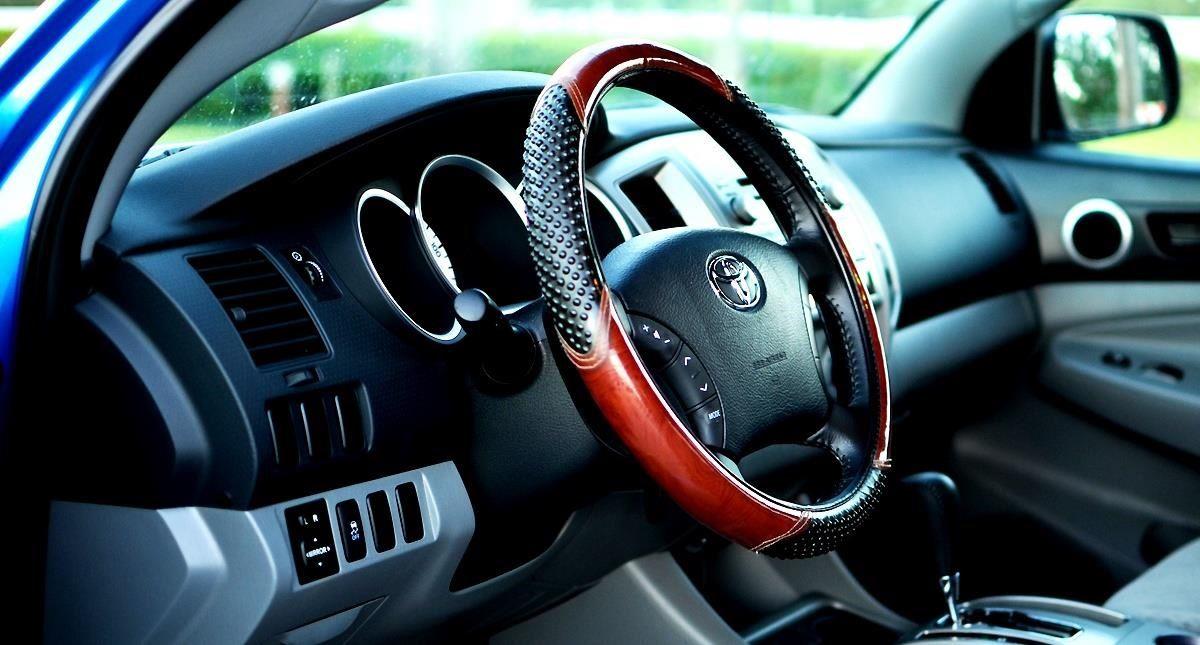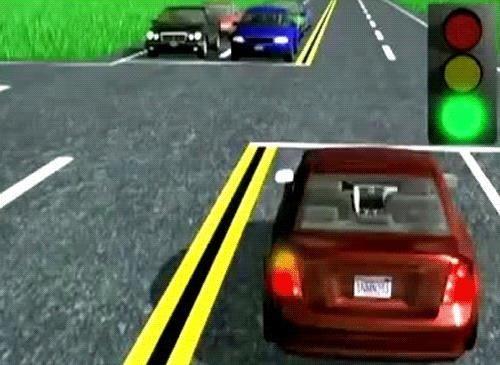
How To: Pass Your California DMV Driving Test
Content
If all goes well, you will only need to take your driving test once. That's the goal: pass the test on the first try and then start driving on your own. Sure, it's a nerve-wracking experience, but be aware that the California Department of Motor Vehicles wants you through. So much so that they give you exam answers in advance! All you have to do is study.
In a series of videos, the California DMV highlights the state's 10 most common driving test mistakes. Despite the fact that the videos are about 10 years old, they are still very relevant today. If you can handle these traps, your chances of passing will greatly increase. Nerves are an important factor, and of course you will have them, but the more you practice, the more confident you will be, and this will show during road tests.
Road test
The test itself takes about 20 minutes (although it may seem longer). It all starts with the DMV examiner asking you questions about your vehicle, such as where certain items are located. Be familiar with the vehicle you're testing on. The best car will be the one you have practiced on and know it inside and out.
The examiner will also inspect the test vehicle for a number of things, including license plates (two), service signals, no flat tires, mirrors, brakes and seat belts. You will also need to present proof of insurance.

Fu, right? And you haven't even hit the road yet! But if you succeed here, it will go a long way towards calming your nerves in general. So be sure to read your California Driver's Handbook, know your car, trust (!), and remember, the DMV would rather have you pass than fail:
Many people take their driving test when they are not well prepared, or have not practiced enough, or trained incorrectly. Others get very nervous because they don't know what to expect. Remember that the DMV examiner will only ride with you to make sure you can drive safely and obey the rules of the road.
So let's take a look at the top 10 reasons why we might fail. Please note that the examiner will keep records during the trip. If you make a mistake on a test that does not pose a serious security risk, you will be deducted a point. You can still fully pass the exam with deducted scores, so again, don't open the door to nerves if you see an examiner grading. In fact, you can skip 15 driving points and still pass the test.
However, there are "critical errors" that can lead to automatic failure, such as the examiner having to intervene in some way to avoid a hazard, driving at an unsafe speed, or hitting an object.
#1: Unsafe Lane Change
This is the first big no-no, and it's so easy to get it right. This is not parallel parking; it's just a safe lane change. The DMV examiner will look for you to:
- Turn on your signal.
- Check your mirror.
- Check your blind spot.
Examiners say those who fail usually don't look back at their blind spot. They just change lanes. This procedure must be performed every time, and also in situations such as entering another lane, exiting a curb into traffic, entering a bike lane, or entering the center lane for a turn.
#2: Failure
Did you know that there is a difference between green light and green light with an arrow? The green light with the arrow tells you that you can turn, no need to give way. However, for a solid green light, you must give way to oncoming traffic before completing the left turn.

Also note that if you are already standing at the intersection and waiting, and the red light comes on, everything is in order: other drivers should now be waiting for you. Examiners say another common mistake drivers make is failing to yield at crosswalks.
#3: Failing to Stop
This is something that drivers can easily do, but also easily. Examiners say drivers often stop on the move, don't stick to restrictive lines, or don't stop when they should, like a school bus with flashing red lights. For a car to be considered stopped, it must be moving at 0 mph and have no forward momentum. A rolling stop is when the driver slows down but is still traveling at 1–2 mph and then accelerates.
#4: Illegal left turn
Often, if there is a double lane for a left turn, drivers will change lanes at the completion of the turn. But you need to stay in the lane you have chosen.

If it's an inside lane, you need to stay within that lane. If it is outside, you must stay outside. If you change lanes, you run the risk of colliding with another car that you didn't notice, and this is a critical error on the test.
#5: Wrong speed
Driving too slowly is also a mistake. You want to be aware of the speed limit and stay close to it without driving over. Driving 10 miles below the limit is a problem as it disrupts traffic flow. Making any of these errors may exclude you from the test as they are considered fatal errors. However, driving too slowly is fine if it is done for safety and weather reasons.
Also be aware that the test may take you to an area where there are no speed limit signs, in which case remember that it is "25 mph unless otherwise noted".
#6: Lack of experience
Again, if a rider arrives for a test without much practice, it will show. For example, not knowing what to do when an ambulance shows up using a siren, or parking next to a fire lane that says exactly that.

Also, situations like reversing in a straight line should be easy enough, but drivers still make mistakes. Examiners say some testers will turn the steering wheel or not look back (to check for pedestrians, cars, carts, etc.), which results in red flags. Hitting a curb while reversing is a critical mistake.
#7: Unfamiliar with the vehicle
Points will be deducted if you fail to answer questions about your vehicle or if you prove during a road test that you are not familiar with the response of the vehicle. Some drivers may take the car for a test, but the problem is that they are not familiar with certain aspects of the car, such as where the hazard lights are or how sensitive the brakes are.
#8: Bad scan
Drivers with tunnel vision lose points. The examiner will see if you are aware of your surroundings and if you are on the lookout for pedestrians, other drivers, or potential hazards. You can't just look straight ahead, but you must constantly scan for anything that might affect your drive. For example, a sign indicating failure (so slow down).
#9: Too Careful
As with driving too slowly, being too careful can also be problematic. You must be assertive and demonstrate to the examiner that you understand the situation. Excessive caution, such as waiting too long to turn into oncoming traffic, can affect traffic and confuse other drivers. For example, if your queue is at a four-way stop, take it.
#10: Ignorance of traffic situations
And finally, ignorance of traffic situations such as a roundabout will result in points being deducted. As with other parts of the driving test, the best way to prepare for it is to practice.

Drive around different areas and know how to handle them, from train tracks to the bustling city center. Feel driving in different situations and conditions. As the examiners say, this experience, this knowledge, will work wonders in reassuring you.
Get a license
And here it is. Top 10 Reasons Why Potential Drivers Don't Pass their California Driving Test. Now that you know what the examiners are looking for, there is no reason for you not to be ready for the day of your driving test. Just study the manual (which you should already have since you passed the written knowledge test when you got your license) and get hands-on experience driving on the roads. Do not approach the test unprepared. You have time. After all, you make the DMV appointment yourself. Don't do this until you're ready.
A California driving test is required if you have never had a driver's license in any state or if you have a driver's license in another country. The category C driver's license test is the same for all drivers, regardless of age.
In addition to the items above, DMV examiners will look at steering smoothness, acceleration and stopping. In addition, "driving safely", which means driving in a way that takes into account the possible mistakes of the other driver. Mastering all of these advanced techniques will give you much-needed confidence and, ultimately, the rights of the new safe driver in California. Good luck!
